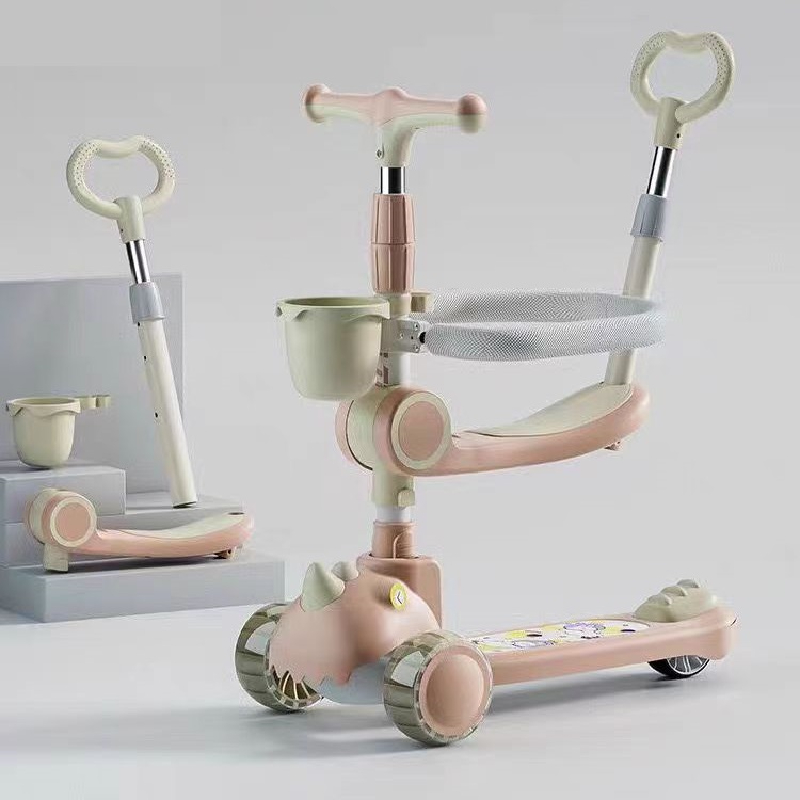Understanding the Key Differences Between Scooters and Motorcycles for New Riders
The Difference Between Scooters and Motorcycles
When it comes to two-wheeled vehicles, scooters and motorcycles are often confused due to their similar appearances and functionality. However, there are distinct differences between them that cater to varying needs and preferences of riders. Understanding these differences can help prospective buyers make informed decisions.
Design and Structure
One of the most noticeable differences between scooters and motorcycles lies in their design and structure. Scooters typically feature a step-through frame and a platform for the rider's feet, making them easier to mount and dismount, especially for beginners. They often have smaller wheels, ranging from 8 to 12 inches, which contributes to their lightweight and compact nature.
Motorcycles, on the other hand, have a more robust design with larger wheels (usually 16 inches and above) and a higher seat height. This makes them less approachable for novice riders but provides a more stable ride at higher speeds. The seating position in motorcycles is also different; the rider straddles the seat rather than stepping through.
Engine Size and Performance
The engine size is another significant differentiating factor. Scooters generally have smaller engines, usually ranging from 50cc to 250cc. This makes them ideal for city commuting, as they are designed for short distances with lower speed limits. Due to their lower engine capacity, scooters are often more fuel-efficient and easier on the wallet for daily commuting.
difference between scooter and motorcycle

Motorcycles typically feature larger engines, from 250cc to over 2000cc, allowing for higher speeds and better performance on highways. This makes motorcycles a preferable choice for long-distance riding and touring. The increased power also gives motorcycles superior acceleration, which is ideal for overtaking and riding on open roads.
Rider Licensing and Regulations
Rider licensing requirements can vary based on the vehicle type and engine size. In many regions, a separate motorcycle license is mandated for riding motorcycles due to their complexity and power, while scooters with smaller engines may only require a regular driver's license or a specific scooter license. This differentiation in licensing is crucial for ensuring that riders are adequately trained to handle the respective vehicles safely.
Storage and Accessories
Scooters are generally designed for urban commuting, and many models come equipped with under-seat storage, making it easy to carry groceries, bags, or other personal items. In contrast, motorcycles usually lack such built-in storage, but they can accommodate additional accessories like saddlebags or top cases for carrying items on longer journeys.
Conclusion
In summary, while both scooters and motorcycles provide efficient modes of transportation, they cater to different types of riders and purposes. Scooters are ideal for city commuting, offering ease of use and fuel efficiency with a lower barrier to entry for new riders. Motorcycles, with their larger engines and capabilities, appeal to those seeking adventure and long-distance travel. Understanding these differences can enhance the riding experience and ensure that individuals choose the vehicle that best suits their lifestyle and riding needs.
-
Understanding Voltage in Battery for Children's Motorized CarNewsJun.05,2025
-
Safety Features to Look for in an Electric Car for KidsNewsJun.05,2025
-
How to Teach Your Child to Ride a Kids MotorcycleNewsJun.05,2025
-
How to Prevent Falls on a Balanced ScooterNewsJun.05,2025
-
How to Maintain Your 3 Wheeled Scooter for LongevityNewsJun.05,2025
-
Best Motorcycle Scooters for Urban CommutingNewsJun.05,2025
